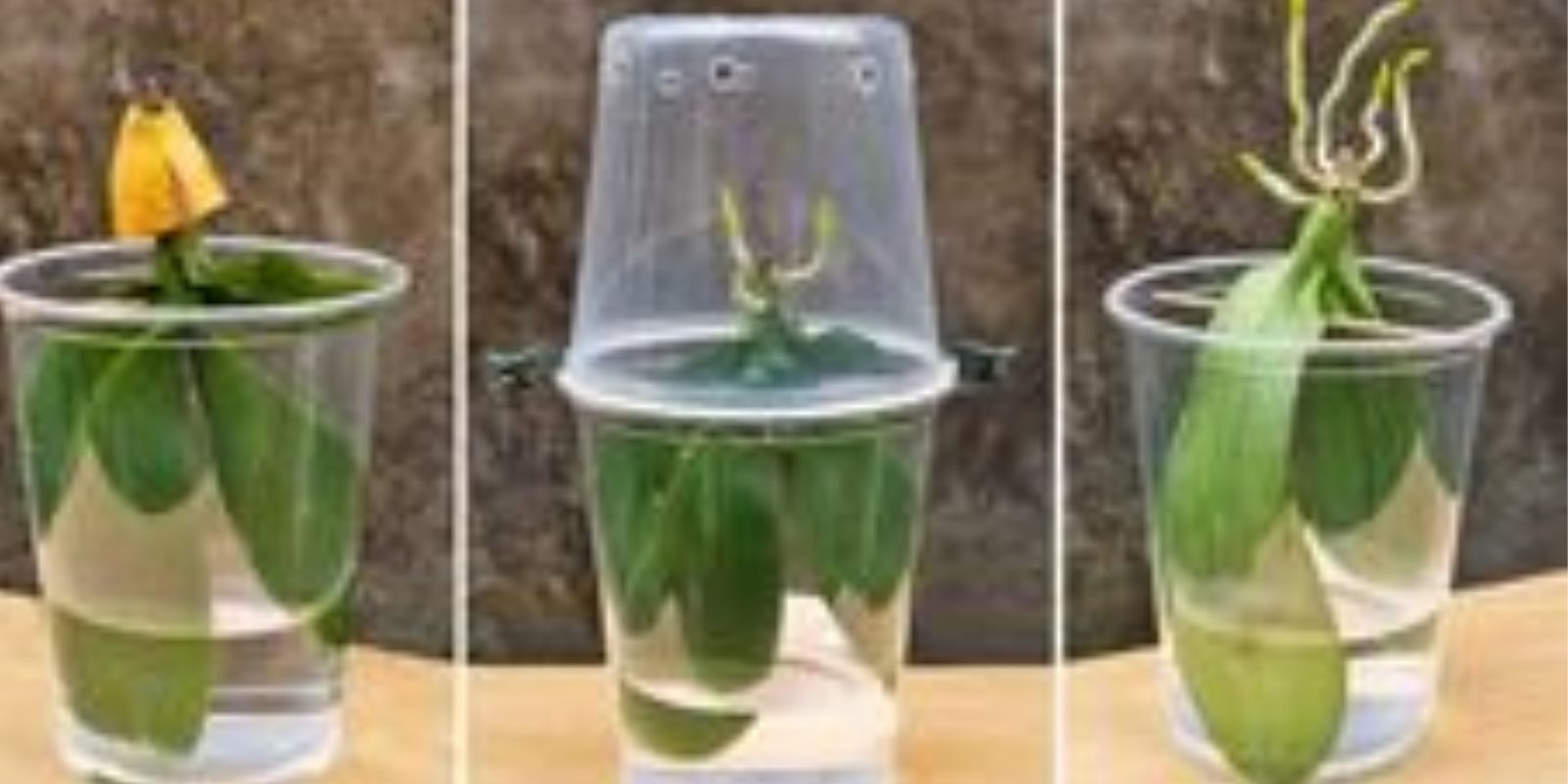Introduction
Orchids are among the most enchanting and exotic flowering plants you can grow. Known for their intricate blooms and stunning variety, they can be a bit challenging to cultivate. However, with the right techniques, even novice gardeners can enjoy the beauty of orchids. One such technique is the steam method, which promotes quick rooting and prolonged blooming. In this article, we will delve into the step-by-step process of growing orchids using the steam method, ensuring your orchids thrive and bloom beautifully.
Understanding Orchids
Orchid Varieties:
Orchids come in many varieties, each with unique care requirements. Some of the popular types include:
- Phalaenopsis (Moth Orchids): Known for their ease of care and long-lasting blooms.
- Cattleya: Famous for their large, fragrant flowers.
- Dendrobium: Often bloom multiple times a year.
- Vanda: Require high humidity and bright light.
Growth Requirements:
Orchids need specific conditions to flourish:
- Light: Bright, indirect light.
- Humidity: High humidity levels, ideally between 50-70%.
- Temperature: Generally prefer temperatures between 60-80°F (15-27°C).
- Air Circulation: Good airflow to prevent fungal diseases.
The Steam Method: A Step-by-Step Guide
The steam method involves using steam to sterilize the potting medium, creating an ideal environment for orchid roots to establish quickly and bloom for an extended period.
Step 1: Prepare the Container
- Choose the Right Container: Select a pot with good drainage holes. Clear plastic pots are excellent because they allow you to monitor root health.
- Ensure Proper Drainage: Place a layer of coarse material (like broken clay pots or stones) at the bottom to enhance drainage.
Step 2: Sterilize the Medium
- Select Potting Medium: Orchids thrive in a mix of bark, sphagnum moss, and perlite. This mix provides excellent aeration and drainage.
- Steam Sterilization: Place the potting medium in a steamer basket. Steam for about 30 minutes to kill any pathogens, pests, or mold. Let it cool completely before use.
Step 3: Cool and Add Orchids
- Cool the Medium: Allow the sterilized medium to cool to room temperature.
- Plant the Orchids: Carefully place the orchid roots in the medium, ensuring they are spread out evenly. The base of the plant should be just above the medium to prevent rot.
Step 4: Provide Humidity
- Maintain Humidity Levels: Use a humidity tray (a shallow tray filled with water and pebbles) beneath the orchid pot. Ensure the pot is not sitting directly in the water.
- Misting: Mist the orchids regularly, especially in dry conditions, to maintain humidity.
Step 5: Monitor Growth
- Check for Root Development: Regularly inspect the roots. Healthy roots are firm and white or green.
- Look for New Growth: Monitor for new leaves and shoots, indicating the plant is adjusting well.
Step 6: Ensure Proper Lighting
- Bright, Indirect Light: Place your orchids in a location where they receive bright, indirect sunlight. East or west-facing windows are ideal.
- Avoid Direct Sunlight: Direct sunlight can scorch the leaves. If necessary, use a sheer curtain to diffuse the light.
Long-Term Care for Orchids
Watering:
- Consistency: Water your orchids regularly, but allow the potting medium to dry out between waterings. Overwatering can lead to root rot.
- Water Quality: Use room-temperature rainwater, distilled water, or dechlorinated tap water. Orchids are sensitive to chemicals found in tap water.
Fertilizing:
- Balanced Fertilizer: Use a balanced orchid fertilizer (20-20-20) diluted to half strength. Feed your orchids every two weeks during the growing season.
- Reduce in Dormancy: Reduce feeding during the plant’s dormant period (typically in winter).
Pruning:
- Remove Spent Blooms: Once a flower spike has finished blooming, you can cut it back to a node to encourage reblooming or remove it entirely to allow the plant to conserve energy.
- Trim Dead Roots: Periodically check for and trim away dead or rotting roots.
Repotting:
- Every 1-2 Years: Repot orchids every one to two years to refresh the potting medium and provide room for growth.
- Signs of Need: Signs that it’s time to repot include medium breakdown, roots growing out of the pot, or the plant becoming top-heavy.
Troubleshooting Common Issues
1. Yellowing Leaves:
- Possible Causes: Overwatering, under-watering, or insufficient light.
- Solutions: Adjust watering schedule and light exposure. Ensure good drainage.
2. Root Rot:
- Possible Causes: Overwatering or poorly draining medium.
- Solutions: Reduce watering frequency and ensure the potting mix is well-draining. Repot if necessary.
3. No Blooms:
- Possible Causes: Insufficient light, improper feeding, or wrong temperature.
- Solutions: Ensure bright, indirect light. Feed regularly with orchid fertilizer and maintain appropriate temperature ranges.
4. Pests:
- Common Pests: Aphids, spider mites, and mealybugs.
- Solutions: Treat infestations with insecticidal soap or neem oil. Regularly inspect plants to catch infestations early.
Benefits of the Steam Method
1. Enhanced Root Health:
- Sterilization: Steaming the potting medium kills harmful pathogens, reducing the risk of root rot and other diseases.
- Optimal Growth: Sterile conditions promote healthy root growth, allowing orchids to establish quickly.
2. Prolonged Blooming:
- Healthy Environment: By providing a clean and disease-free medium, the steam method supports prolonged blooming periods, ensuring your orchids remain vibrant and healthy.
3. Increased Longevity:
- Preventive Care: Regularly steaming the potting medium as part of your repotting routine can extend the life of your orchids, making them less susceptible to common issues.
Conclusion
Growing orchids can be a delightful and rewarding experience, especially when using innovative methods like the steam technique. By following the steps outlined in this guide, you can create an optimal environment for your orchids, promoting quick rooting and long-lasting blooms. With proper care and attention, your orchids will thrive, adding beauty and elegance to your home. Embrace the challenge and enjoy the stunning results of healthy, blooming orchids! 🌸

